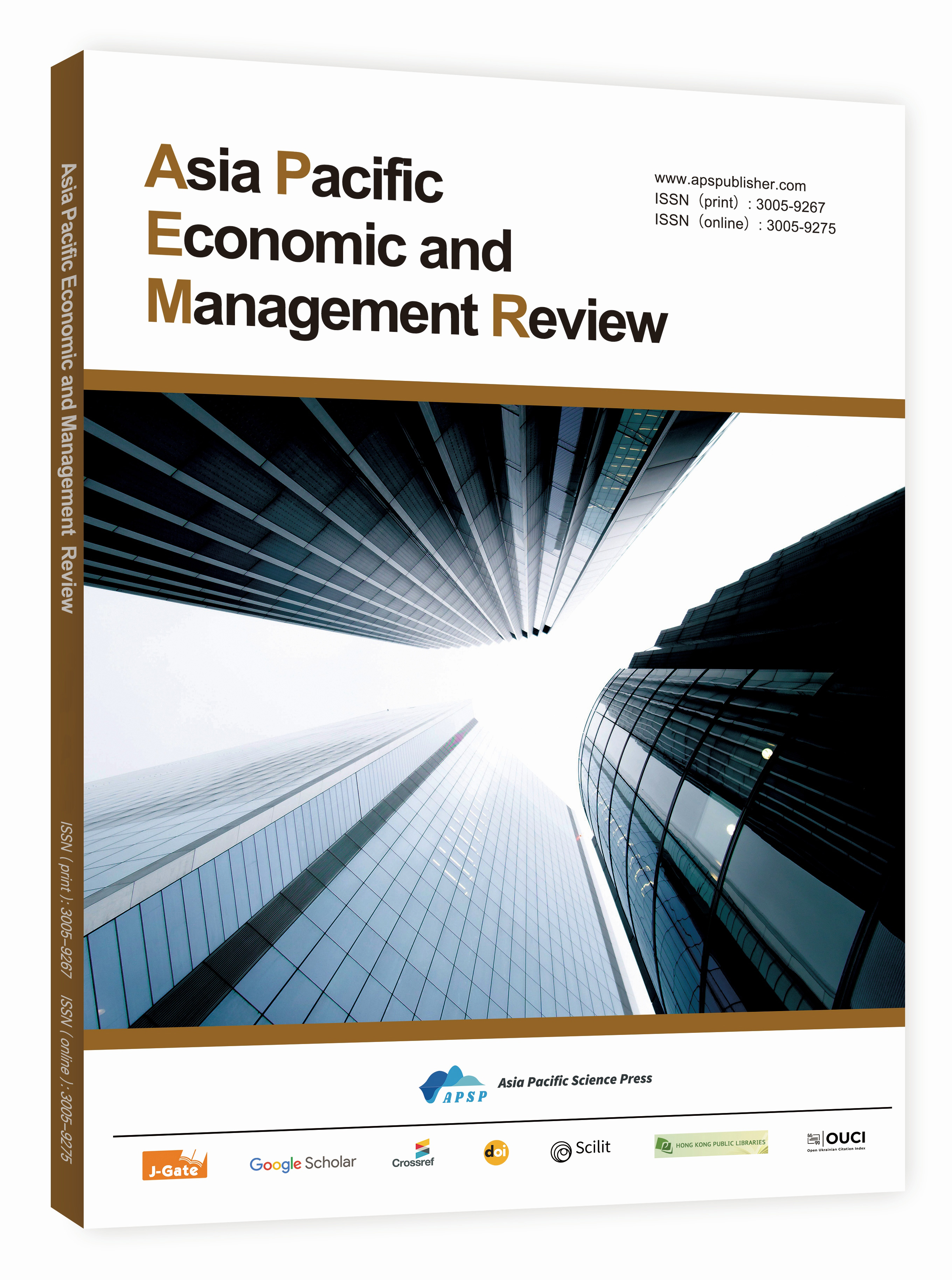Enhancing Competitive Advantage through AI and Digital Technology: A Case Study of Jiangling Motors Group
DOI:
https://doi.org/10.62177/apemr.v2i1.150Keywords:
Case Analysis, Chinese Industry, Vocational SystemAbstract
The automotive industry is at the forefront of a technological revolution characterized by the convergence of electrification, intelligence, connectivity, and sharing—collectively known as the new four modernizations. These trends are not only redefining the automotive landscape but also presenting new challenges and opportunities for established players like Jiangling Motors Group Co., Ltd. As a pioneer in commercial vehicle manufacturing and a significant exporter of complete vehicles in China, Jiangling Motors is at the vanguard of integrating artificial intelligence (AI) and digital technologies to enhance its competitive edge. This paper delves into the strategic deployment and practical implementation of AI and digital technologies within Jiangling Motors, examining how these innovations are streamlining manufacturing processes, advancing smart driving capabilities, and revolutionizing marketing strategies. By analyzing the company's approach to leveraging cutting-edge technologies, this study aims to provide insights into the transformative potential of AI and digitalization in the automotive sector (Lau,2014). The findings underscore the importance of proactive technological adoption in maintaining a competitive stance amidst industry disruptions and highlight the strategic initiatives that Jiangling Motors is undertaking to secure its future in the intelligent and digital era of automotive manufacturing. This paper is a case study for understanding the complex interplay between technological advancement and business strategy within a rapidly evolving industry.
Downloads
References
Ajzen, I. (1991), “The theory of planned behavior”, Organizational Behavior and Human DecisionProcesses, Vol. 50 No. 2, pp. 179-211. DOI: https://doi.org/10.1016/0749-5978(91)90020-T
CAAM (China Association of Automobile Manufacturers), 2018. Automotive Industry Economic Operation. http://www.caam.org.cn/. (Accessed 10 May 2018).
CATARC (China Automotive Technology and Research Center), Nissan China investment co. LTD, Dongfeng motor co. LTD, 2017. China’s New Energy Vehicle Industry Development Report. Social Sciences Literature Publishing House, Beijing.
Hahnel, U.J., Ortmann, C., Korcaj, L. and Spada, H. (2014), “What is green worth to you? Activating environmental values lowers price sensitivity towards electric vehicles”, Journal of Environmental Psychology, Vol. 40 No. 3, pp. 306-319. DOI: https://doi.org/10.1016/j.jenvp.2014.08.002
Lau CP, Siu CW, Tse HF. Future of implantable devices for cardiac rhythm management. Circulation 2014; 129: 811–822. DOI: https://doi.org/10.1161/CIRCULATIONAHA.112.000312
Zhang, G.; Zhang, C.; Nie, H. An Overview of China’s energy labeling policy portfolio: China’s contribution to addressing theglobal goal of sustainable development. SAGE Open 2021, 11, 1–12. DOI: https://doi.org/10.1177/2158244020988858
Downloads
How to Cite
Issue
Section
License
Copyright (c) 2025 Shengliang Zhu

This work is licensed under a Creative Commons Attribution-NonCommercial 4.0 International License.
















